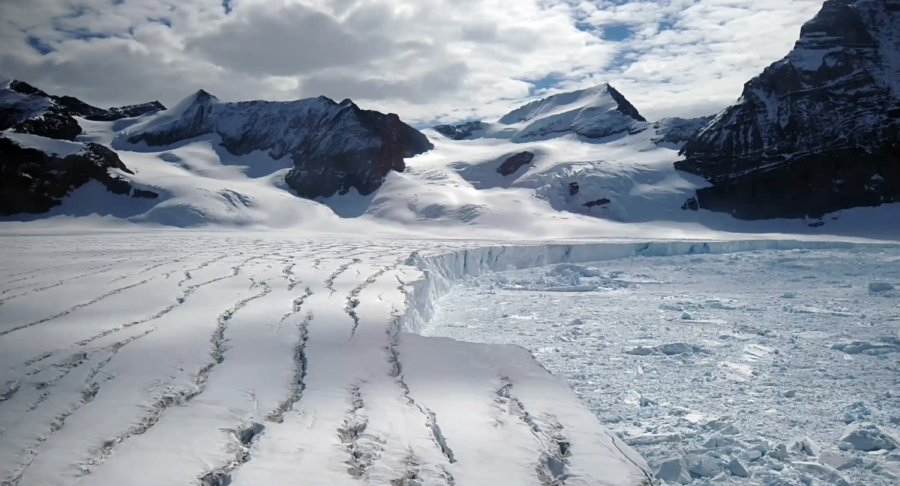Lowest Levels ever Recorded: Sea Ice Surrounding Antarctica
Two months ago, sea ice surrounding Antarctica reached the lowest levels ever recorded at 1.79 million square kilometers. Usual levels in February are well above 2 million square kilometers (around 800,000 square miles).
“Antarctica might seem remote, but changes around there can affect the global climate,” says climate scientist Dr. Ariaan Purich. Climate change in Antarctica, and all around the world, is something that must be taken seriously.
Satellite imagery has helped scientists measure the area of Antarctica’s sea ice for over 4 decades, and it’s been on a decline since 2016, according to sea ice expert Dr. Ted Scambos, a scientist at the University of Colorado Boulder. He goes on to say, “especially with these back-to-back record years as well as many months being at near record lows, it’s causing the scientific community to wonder if there’s a process related to global climate change”
In February of 2022, the previous record had been broken with only 1.92 million square kilometers of ice surrounding the continent. This surpasses that by 136,000 square kilometers- about the size of Finland, according to The Guardian.
But what’s causing this? Well, it’s a combination of factors. Sure, the ice is constantly in the sun, and buffeted by high winds. The main reason, however, is the water beneath the ice. “Because sea ice is so reflective, it’s hard to melt from sunlight. But if you get open water behind it, that can melt the ice from underneath,” says Dr. Will Hobbs, an expert in Antarctic sea ice working at University of Tasmania.
While melted sea ice doesn’t raise water levels directly, as it’s already in the water, it helps to protect coastlines and ice sheets attached to them from the severe storms and waves that would weaken them.
Without the protection of sea ice, vulnerable glaciers like the Thwaites glacier- which holds enough ice to raise sea levels worldwide by 18 inches if it were to collapse- are at risk. This in turn would reduce the amount of sea ice and could cause other glaciers to collapse. The effects of diminishing ice and warmer temperatures would only continue to amplify with catastrophic consequences.



